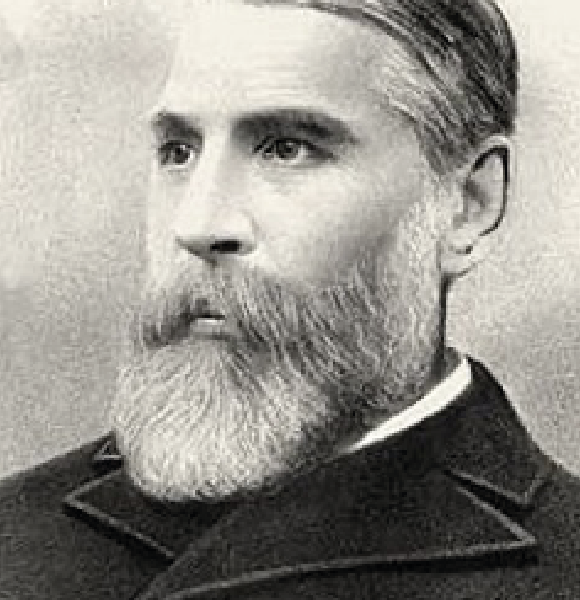For many of Bristol’s streets a simple name often conceals a fascinating story. For example, the road that runs from Cossins Road to Harcourt Road is named in memory of William Ellis Metford, a talented inventor born on October 4, 1824, at Taunton, and educated at Dorset’s Sherborne School.
William came to Bristol as an engineering apprentice with Brunel’s Bristol and Exeter railway; later he worked on both the Wilts, Somerset and Weymouth Railways. He was elected an Associate of the Institute of Civil Engineers, leading to a senior appointment with the East India Railway. Sadly, illness forced return to England, but his engineering and design background, together with his experiences during the Indian Mutiny led to the realisation that a better rifle was needed. His knowledge of firearms resulted in several improvements to rifle and ballistics design and ultimately led to him design and develop an improved sportsman’s rifle.
Thomas Francis Fremantle (the 3rd Baron Cottesloe), who owned land in Redland was a strong advocate of his designs, possibly explaining why William returned to Bristol, settling in Redland Villa, Elm Lane until his death.
Thus, in leafy Redland he spent the rest of his life working to develop an improved rifle, and other inventions including optical instruments and even a mechanism for cutting precious stones. Perhaps the Baron’s patronage led him to become the proprietor and sole inventor of the ‘Metford Sporting Rifle’ which won four gold medals, was prized by marksmen as a consistent match winner for many years.
Ironically it was William’s experience in the Indian Mutiny that led to that design, which formed the basis for many modern rifles, not least the Lee-Enfield, used by the Indian soldiers who fought so gallantly on our side in the Second World War. (Coincidentally a memorial to those brave Sikhs was unveiled by HRH the Duke of Kent at Castle Park on Tuesday April 2, 2019.)
Yet another of his pyrotechnic experiments included work in double rocket propulsion, predating the work of the famous American Rocket pioneer, Robert H Goddard.
Another of William’s innovations was a scheme for traffic calming in Bristol. I do not know if his proposals for calming our nineteenth century traffic were adopted, but I expect they would have been markedly different from the motorist enraging schemes we have today. I once asked what the letters ETM seen on some large lorries stood for – I was told, ‘Exasperates The Motorist’. I wonder if William Metford thought up a similar acronym.
One of William’s home skills, which if carried out today would almost certainly result in a complete lockdown with surrounding streets cordoned off and the neighbours evacuated from their houses. What did he do at home that would evince such a response? He just used to make his own ammunition in the kitchen, filling his cartridges with black powder. I don’t know if he also mixed his own powder,– probably! William is buried in Redland parish churchyard, where the memorial to William and his two wives is on the Woodstock roadside of the churchyard.
© Julian Lea-Jones 2024


